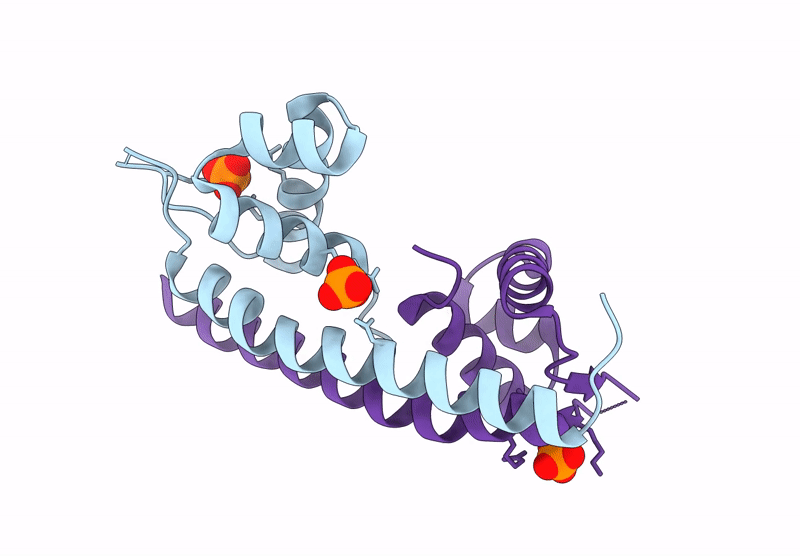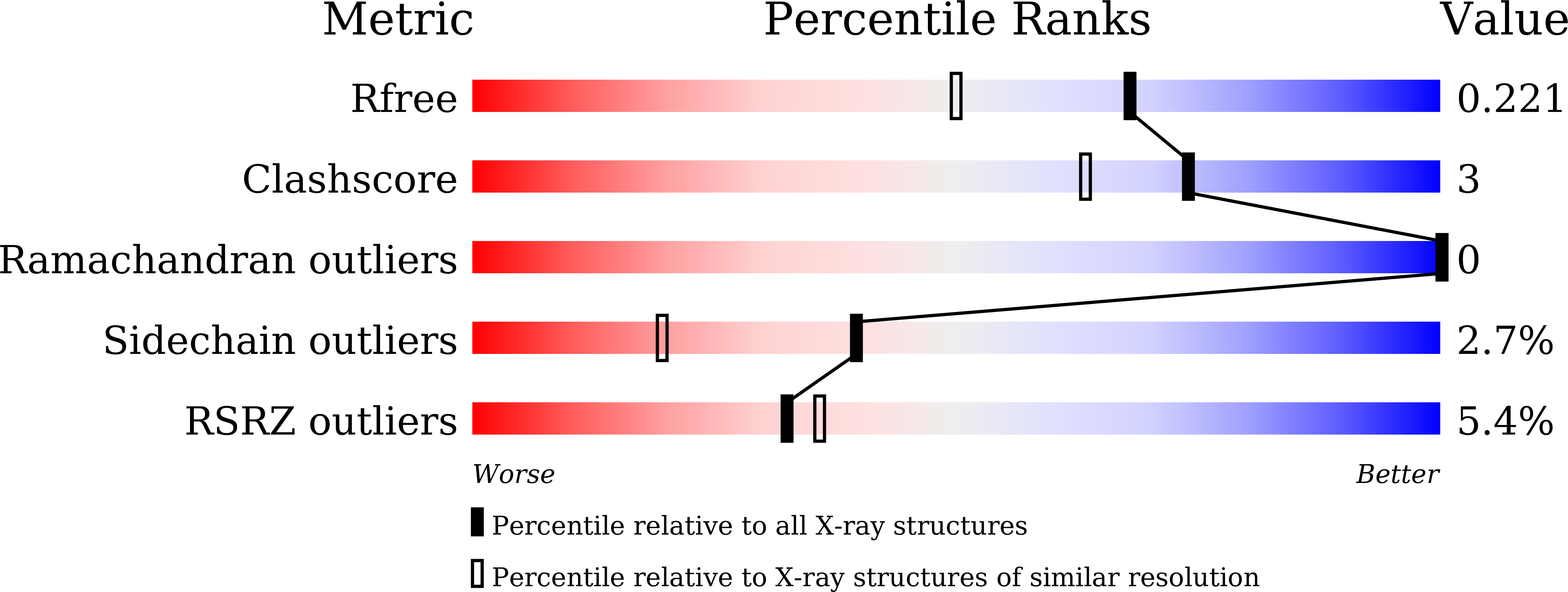
Deposition Date
2024-07-16
Release Date
2025-01-29
Last Version Date
2025-02-05
Method Details:
Experimental Method:
Resolution:
1.76 Å
R-Value Free:
0.22
R-Value Work:
0.18
R-Value Observed:
0.18
Space Group:
H 3


